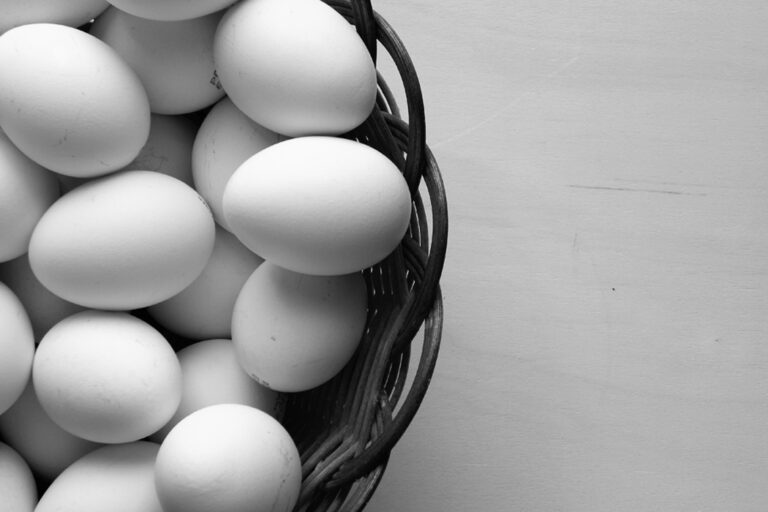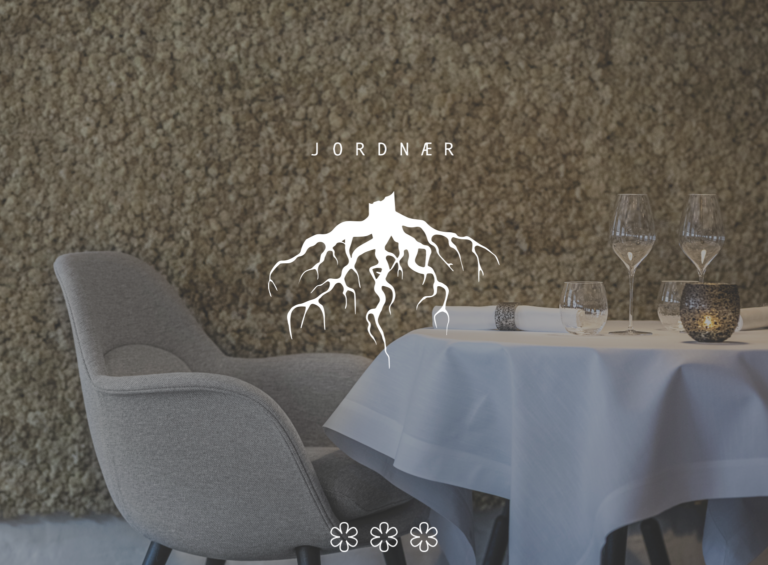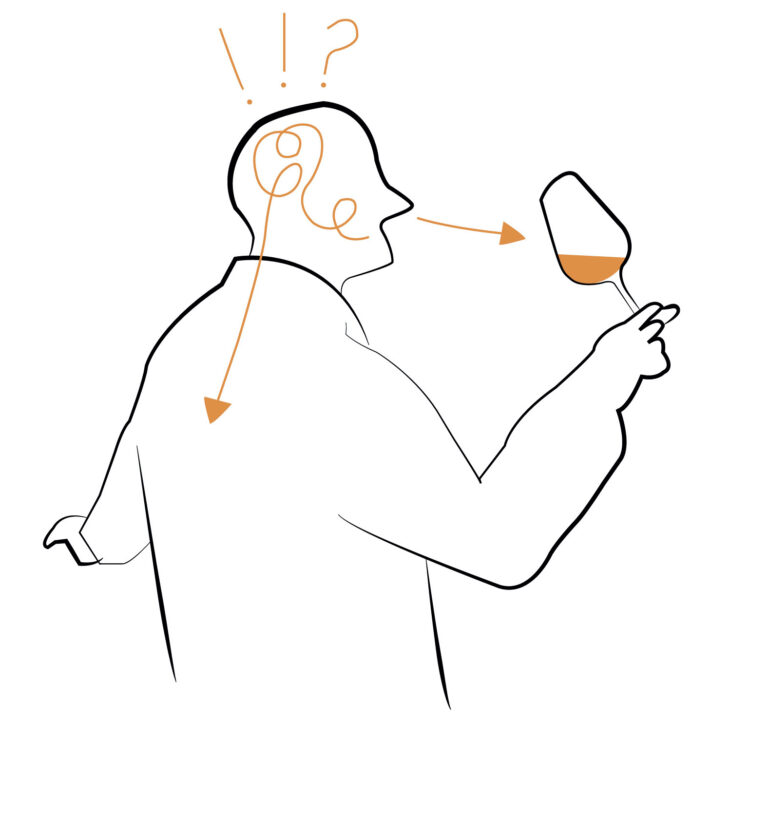Every bottle tells a story. What’s Yours? Every week we interview people in the world of Champagne on their iconic bottles. Now & then TheChampagneSommelier will interview some of the true people of Champagne. He will ask a few questions about their company, their profession, current trends, etc.
We had a bubbly chat with Charles Philipponnat from Champagne Philipponnat in Mareuil-sûr-Oger. Merci Charles !
Estimated reading time: 6 minutes


The interview with Charles Philipponnat
Describe yourself in a few sentences!
‘Passionate, perfectionist, fond of cooking and fermenting all fruit, vegetables and cereals that come my way.’
How did you get into the champagne profession ?
‘I was born in it. The Philipponnats started in Aÿ before the year 1522.’

Since Your Champagne company started, how many chef de caves have Your company had ?
‘Only 4 in the 20th and 21st centuries.’
How would You describe Your ’house/producer style’ and how do You achieve it ?
‘Pinot Noir driven, focusing on ripeness and intensity of flavors without oxidative notes, rather a crisp freshness.’
What role do grape varieties play in creating Your style ?
‘Our style is inspired by the Pinot Noir grown on the chalky soils of the 1er cru and Grand Cru areas.’
What do You think of the current trend of ’terroir champagnes’ made of single parcels ?
‘As long as these champagnes are made selectively, from the best parcels, it is the fittest testimony that great champagnes are made with those grapes grown on the best terroirs, be them blended or not.’
2020 has been a very special year. What’s Your idea of the near future for Champagne in general ?
‘Champagne’s climate is essentially variable. What has characterized 2018, 19 and 20 is the pronounced drought during the maturing period (and all the reverse in 2021). However, temperatures are higher that in the past, and the harvest is now taking place on average 2 weeks earlier than 20-30 years ago. This will have a lasting effect on the wines : riper, and less acid. Riper is better in Champagne’s colder climate. But one must adjust to possibly too weak acidity by adjusting canopy management, and reasoning malolactic fermentation, among other steps.’

What else do You drink apart from Your own Champagnes ?
‘Other good producers’ champagnes. Red Pinot Noir from many regions but mostly Burgundy. Rieslings, mainly GG dry spätlese from Rheingau, on schist, but not only : Mosel, Alsace, Pfalz…also. Their balance and winemaking challenges are similar to Champagne’s.’
Which Champagne would You treat a dream guest, and why ?
‘Clos des Goisses 1979, the best ever in my opinion. Of the more recent vintages of the same : 2012, but only in a few more years, after it has expanded.’
PS [ what piece of music would you listen to drinking Champagne with Your dream guest ? ]
“Bei mir bist du schön“, in Ella FitzGerald’s sparkling version.
Producer profile by Champagne Club by Richard Juhlin
Philipponnat – Mareuil-sûr-Ay
Philipponnat
★★★★
They purchase 75 per cent of the grapes from very highly ranked vineyards (97 per cent, on average), with the remaining quarter coming from Mareuil-sur-Aÿ. Nowadays the firm is run with a purposeful hand by the friendly and unassuming Charles Philipponnat. He manages the excellent grapes in a praiseworthy manner. The wines share his charm and personality.
All of them are intensely fruity, with a characteristically youthful tone of gooseberry in the nose. Only the first pressing is used by Philipponnat, since they have Abel Lepitre as their second label. 50% of the vintage wines are fermented in oak nowadays.
Clos des Goisses is consistently one of the world’s foremost wines. They still use a small number of oak barrels, even if certain vintages, like the ’89, are completely vinified in steel tanks. This champagne is a real slow starter that should preferably be decanted if it is going to be drunk before its twentieth birthday. The unique slope beside the canal at Mareuil-sur-Aÿ is planted with 70 per cent Pinot Noir and 30 per cent Chardonnay. I recently held a complete vertical tasting of this personal wine. The champagnes were amongst the most ravishing I have tasted. Most impressive was an invaluable magnum from 1955. The 2000 is one of the milestones of the vintage.
Clos des Goisses Juste Rosé and Les Cintres from the heart of the Clos are actually even more intense and fantastic. In certain years a rare – though not very exciting – still red variety is made from the batch. Even rarer, and definitely more exciting, are the 200 bottles of still Chardonnay that Philipponnat makes every year for their own use. In my opinion it is Champagne’s foremost still white wine.
The four stars are all totally thanks to Clos des Goisses.










